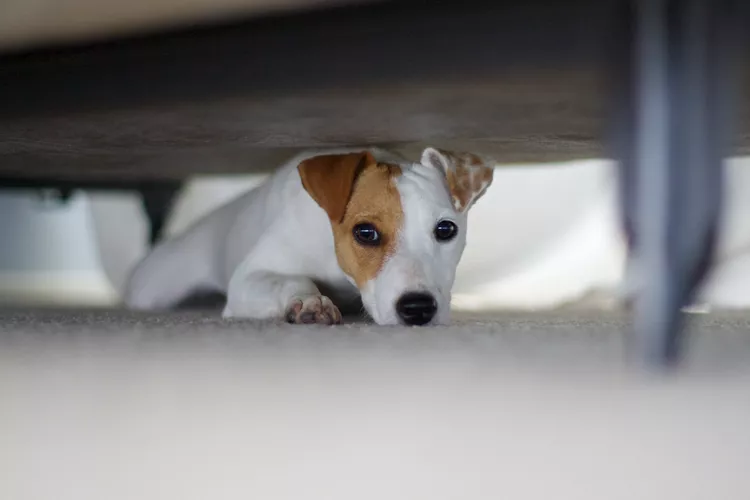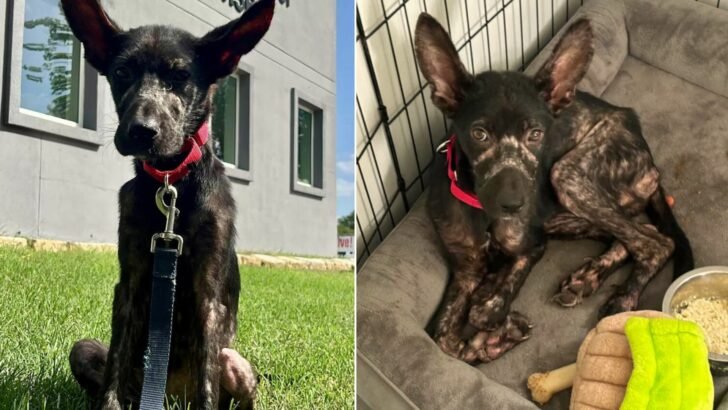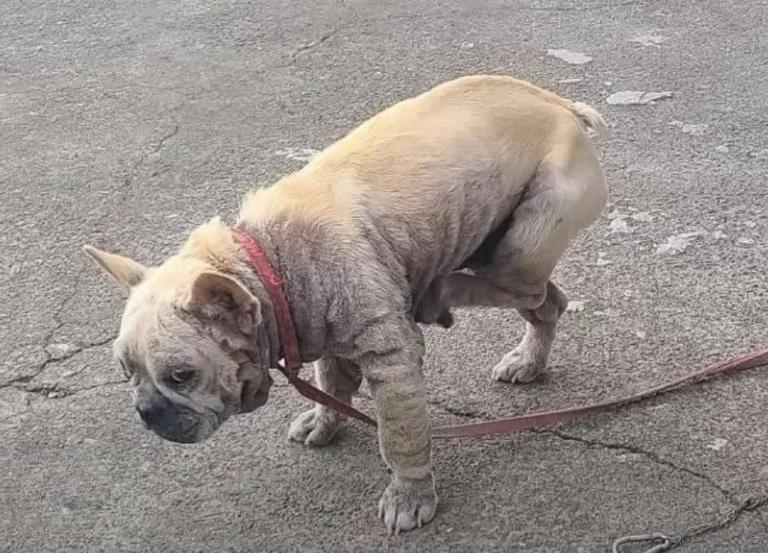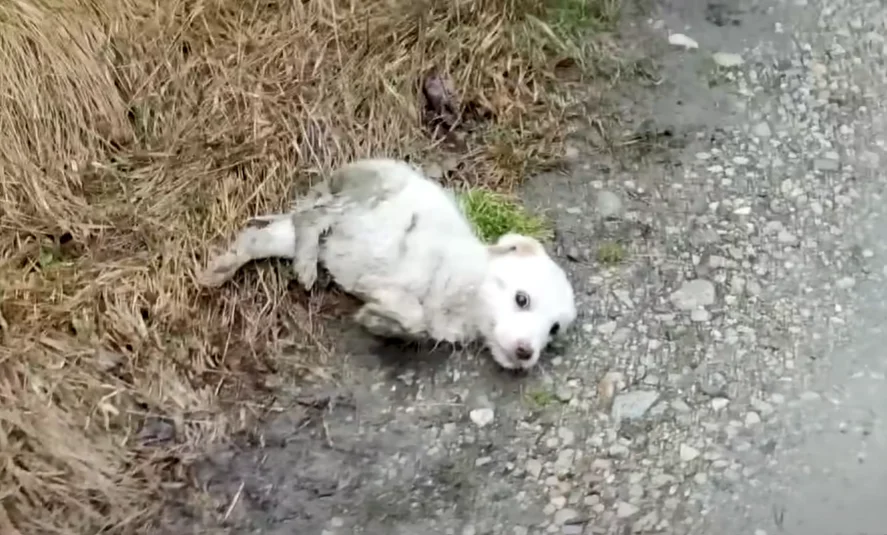Many dogs experience fears and phobias that can stem from various factors, such as inadequate early socialization or past negative experiences. Signs of fear in dogs can include cowering, trembling, drooling, barking, destructive behavior, and sometimes aggression.
Is your dog displaying signs of fear? Understanding common dog fears and phobias can help you address them and improve your dog’s well-being.
01. Fear of Thunder

Known as astraphobia, this is a common issue among dogs. The intensity of this fear varies—some dogs may only show mild signs like trembling or a tucked tail, while others may hide, become destructive, or even lose control of their bowels. Dogs with astraphobia might also react to other loud noises, such as fireworks or sirens.
02. Fear of Fireworks

Similar to thunder, fireworks can cause significant distress in many dogs due to their loud and unpredictable nature. This fear can sometimes lead to dogs running away or becoming lost. Gradual desensitization to fireworks sounds, along with management techniques or medication, may be necessary for severe cases.
03. Fear of Being Left Alone (Separation Anxiety)

Separation anxiety manifests as destructive behavior, excessive barking, and housebreaking issues when a dog is left alone. Adjusting your departure and arrival routines, gradual desensitization, and crate training can help alleviate this anxiety. In severe cases, medication may be needed.
04. Fear of the Veterinarian
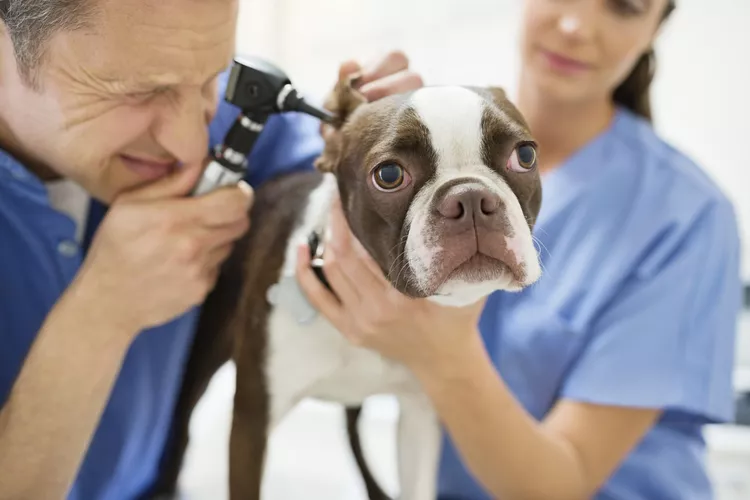
Dogs may develop a fear of the vet due to unfamiliar smells, handling, and procedures experienced during their visits. To help alleviate this fear, bring your dog to the vet for non-medical visits and offer praise and treats for calm behavior.
05. Fear of Riding in the Car
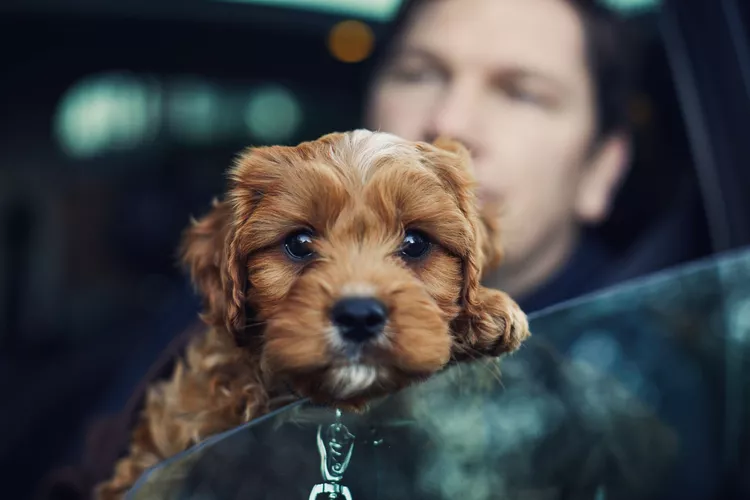
Fear of car rides can develop from negative experiences or lack of early exposure. Gradually introducing your dog to the car with positive reinforcement and ensuring trips lead to enjoyable destinations can help ease this fear.
06. Fear of Going Up and Down Stairs

A fear of stairs often results from a lack of exposure during puppyhood or a traumatic incident. Teaching a dog to navigate stairs slowly and with positive reinforcement can help overcome this fear. Ensure that medical issues, such as arthritis, are not contributing to the reluctance.
07. Fear of Men
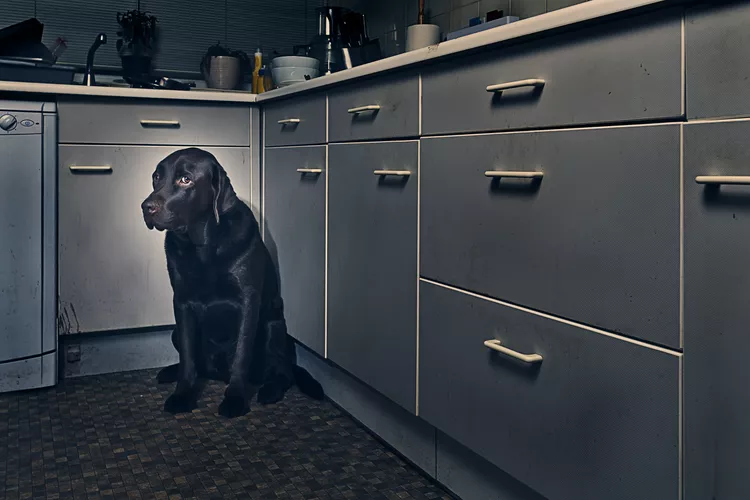
This fear may be due to a past negative experience with men or a lack of socialization. Gradual and non-threatening exposure to men, while monitoring for signs of aggression, can help reduce this fear.
08. Fear of Strangers

Dogs may be afraid of unfamiliar people due to limited socialization. Allowing your dog to approach new individuals at their own pace and avoiding forced interactions can help them become more comfortable with strangers.
09. Fear of Children
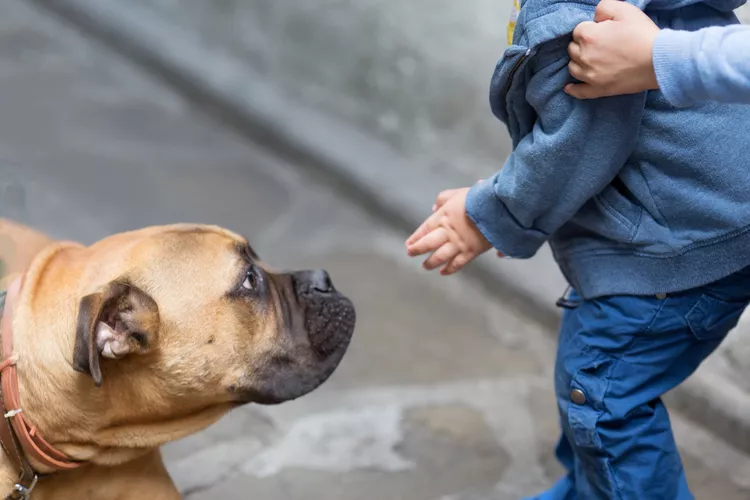
A lack of early exposure to children or negative experiences can lead to a fear of them. Gradual, positive exposure to children and consulting a trainer can help address this fear.
10. Fear of Specific Objects
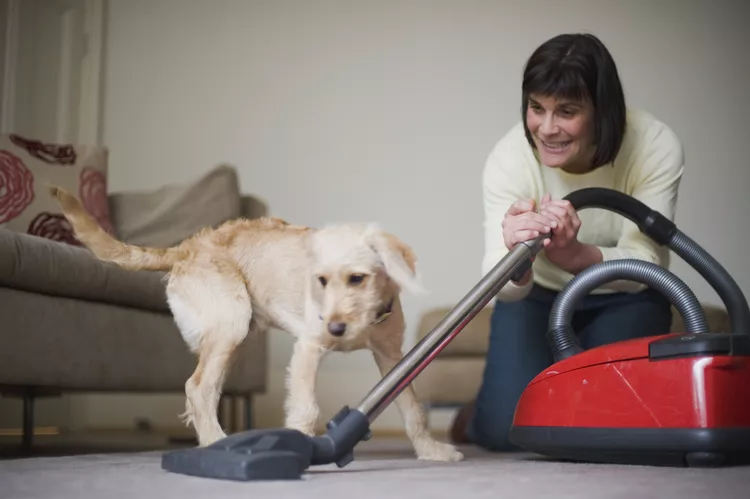
Some dogs develop fears of particular objects like vacuum cleaners or holiday decorations. While moving these objects out of sight can help, a gradual and positive introduction to the feared object may be necessary for some dogs.
Understanding and addressing your dog’s fears through patience, positive reinforcement, and, if needed, professional help can significantly improve their quality of life.

